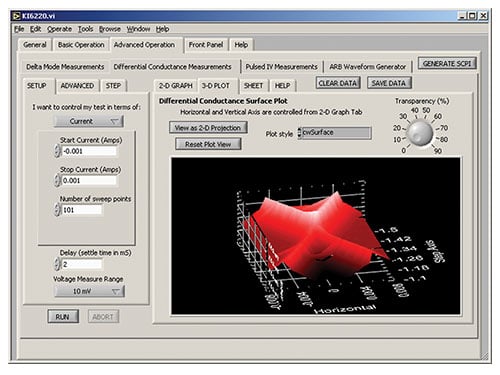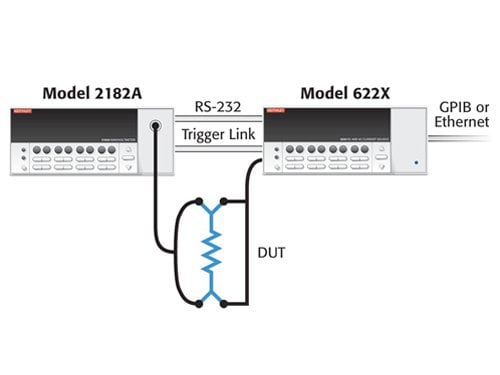specificities
|
dominance
|
| Measurement resistance range from 10nΩ to 100MΩ |
The measurement range is very wide and is specialized for ultra-low resistance measurements to check highly conductive materials, nanomaterials and superconducting materials. |
| Synchronized current pulse source with measurement times as short as 50μs |
Limit power consumption in components (such as nanodevices and nanomaterials) that are easily damaged if tested at very low power levels. |
| Incremental Mode Current Reversal, Resistance Measurement Techniques |
Accurate, ultra-low resistance measurements are made by eliminating the effects of thermal offset and reducing read noise to 30nV p-p noise (typical). Multiple readings can be averaged for even greater noise reduction. |
| Differential conductance measurements |
Ten times faster and less noisy than other conductivity measurement techniques. Accurate measurements can be achieved without averaging the results of multiple scans. |
| Nanovoltmeter and current source interfaces work seamlessly together |
When making conductivity and resistance measurements, the two instruments can operate as one. |
| Incremental, differential conductance and pulse modes produce minimal current transients |
It is possible to check equipment that can be easily damaged by current spikes. |
 Comprehensive test and measurement service provider-Shenzhen Weike Electronic Technology Co.
Comprehensive test and measurement service provider-Shenzhen Weike Electronic Technology Co.








